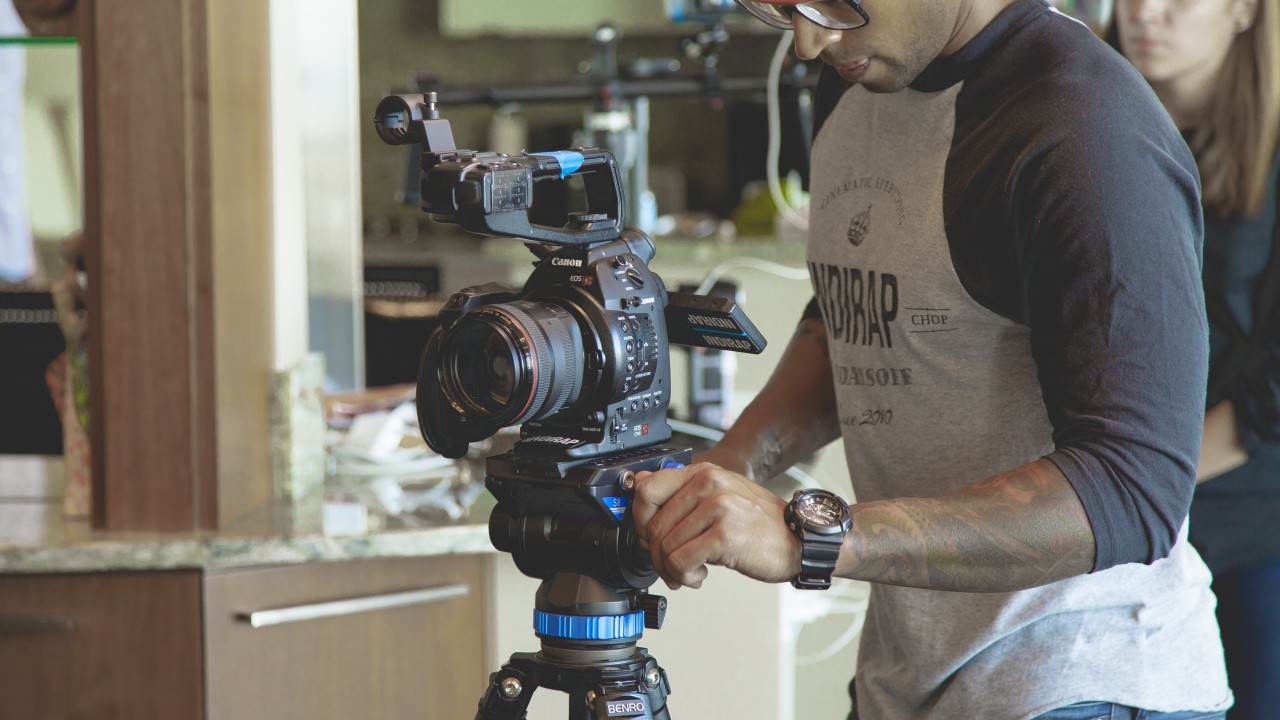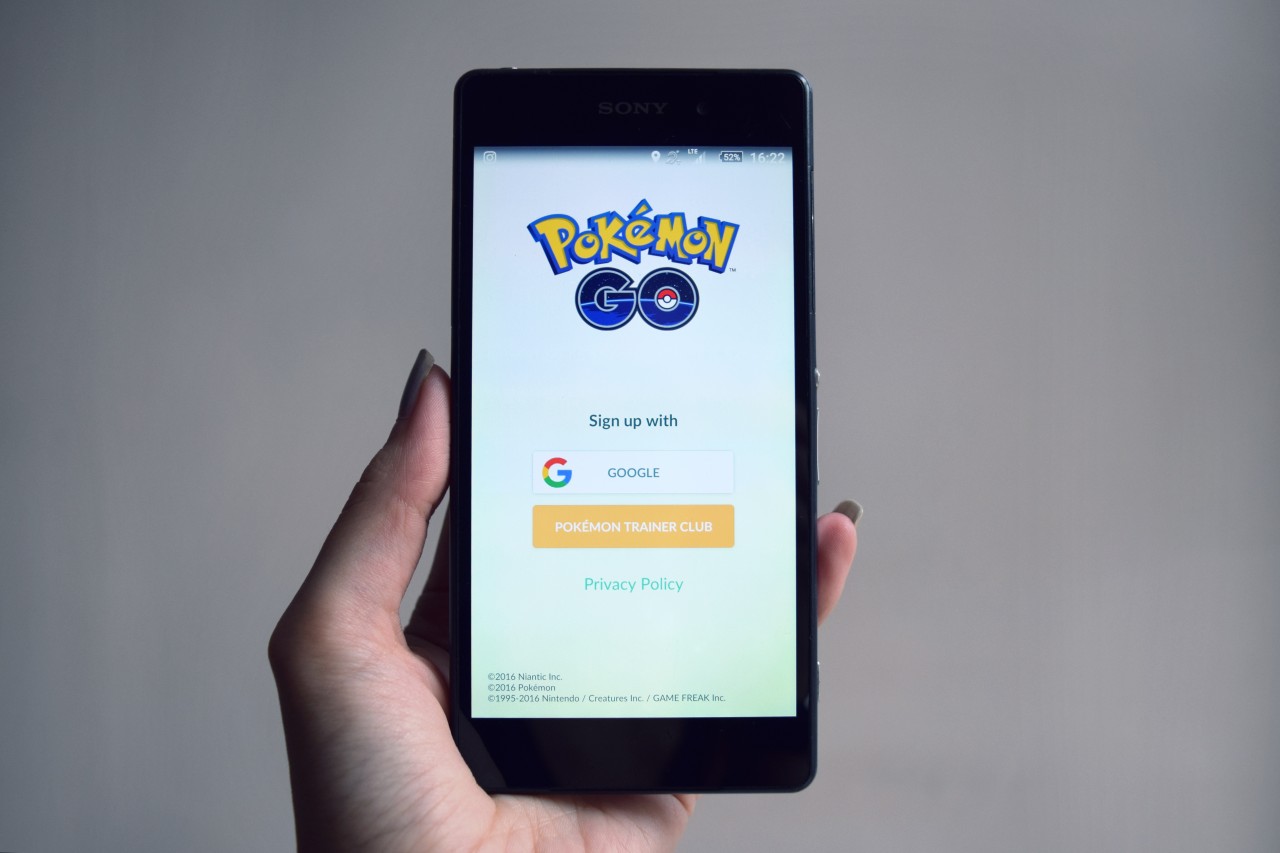4 Digital Content Strategies for 2018
We can all agree that 2017 was a year that saw the rise of many digital giants: including Bitcoin, more video marketing, hands-free voice search thanks to Google’s and the Amazon Echo, and a growth in augmented reality (thanks, Pokemon GO). All of this has had a big effect on the way digital content strategies are moving forward in the New Year.

We can all agree that 2017 was a year that saw the rise of many digital giants: including Bitcoin, more video marketing, hands-free voice search thanks to Google’s and the Amazon Echo, and a growth in augmented reality (thanks, Pokemon GO). All of this has had a big effect on the way digital content strategies are moving forward in the New Year.
So, what digital content strategies can you expect for the internet throughout 2018?
1) New Formats
The changing nature of the internet means that new strategies and digital formats will be pushed to the forefront this year. Old methods of content churning, putting content out for the sake of having it out there, is no long the done thing. Instead, the typical team of writers is being added to with graphic designers, video creators, social media gurus and even community managers.
Instead of the traditional blogging and social media distribution, companies will turn to broader content formats. Including event hosting, ebooks, videos, infographics and interactive media, webinars and even podcasts. The way people consume content is changing and so the content is changing to match.
2) Live Content

Have you seen people going LIVE on Facebook and questioned why on earth they would be doing that? Well, it turns out they are one step ahead of even some of the biggest brands, as marketers are quickly jumping onto this trend in 2018.
So, why is this becoming more of the ‘thing’ to do? Well, video content as a whole has a massive organic reach in comparison to normal media (such as text and image). Engagement is also massive when it comes to video content, thanks to sharing and commenting. Live videos, surprisingly, get around 10x more engagement according to Facebook.
According to a Livestream study, an incredible 80% of people would rather watch a live video than read a blog from a brand. While there is a 113% increase in ad growth for live video on a yearly basis, outpacing the growth of any other kind of online video.
So, with the growing user interest comes in a rise in marketing interest. More and more people invested in the digital landscape have committed themselves to more video creation in 2018, hoping to capitalise on the positive statistics surrounding this format.
3) Internet of Things
We no longer exclusively need a screen to interact with content. In our homes or even the workplace, you can talk to Siri or Alexa in order to gain access to content without ever having to look at a screen. It means a whole new world of search opportunities, as we use fat more nuanced language to find the things were looking for.
Already, brands are using these devices to access a larger audience. Purina has put out the ‘Ask Purina’ content via Alexa, offering pet owners advice and answers to their questions in a flash. It offers a wide variety information on dog breeds, including size, energy, shedding, and much more.
With a growing platform, there are plenty of opportunities for companies - both B2B and B2C, even with things like PI insurance - to add their voices to the Alexa platform. And as the Internet of Things grows, to fridges and other household appliances, this will only give more opportunity for brands to explore.
After all, marketing via a fridge offers a world of creativity for digital marketers to explore. Let’s just hope the interest in these devices doesn’t sour before this happens.
4) Interactive Content

Being able to interact with content will become a big draw in digital content strategies throughout 2018. This is why, across the digital landscape, brands will be investing in Virtual Reality.
What will this look like? Well, already there are a number of things you can access via VR. Google Cardboard VR headsets (which work with a number of smartphones) allows you to explore galleries around the world, visit landmarks and enrich yourself in culture through a simple headset. Facebook 360 also helps the audience to interact with media companies and individual creators, allowing for increased interaction.
However, the only thing holding creators and brands back in 2018 will be the cost factor. Creating a virtual reality for your consumers to enjoy will be costly for quality. Despite this cost, there is expected to be a 30% increase in brand use of VR in the next year or so.
Conclusion
Overall, the growing trends of 2018 for digital content are all following user data closely. First asking how are people navigating the world of the internet? Then, working out how they can get their brand to benefit from this and grow to meet this new type of content consumption in an effective way.
Of course, chasing trends may not always be the best way to construct a digital content strategy in 2018. But, it is a great way to inform it moving forward.